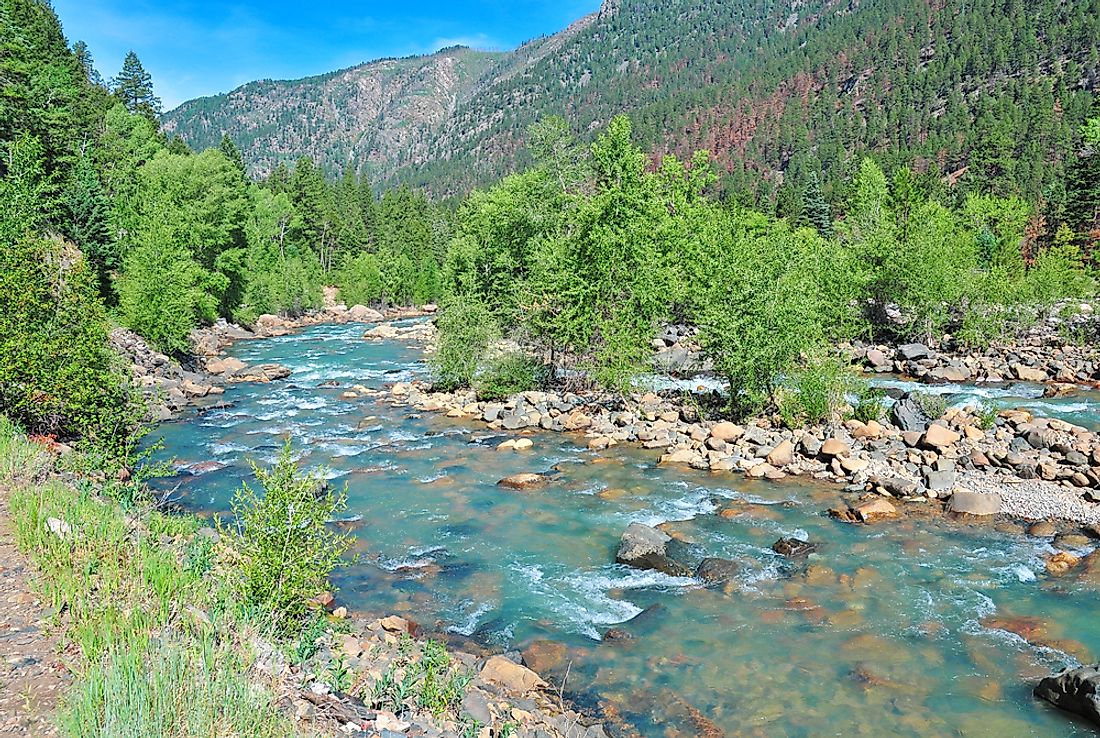What Is a Catchment Area of a River or Lake?

Catchment areas are locations in low lying regions in which water from higher areas collect into a single water body. The sources of water collected can vary from rainwater to melted snow. Catchment areas may drain their water into other lower lying basins or into a single place, usually a lake, in the case of a closed catchment. The largest river basin in the world is the Amazon River basin, which has an area of over 2,300,000 square miles, while the largest ocean basin is the Atlantic Ocean basin, which has an area is approximately 26,900,000 square miles.
The Significance of Catchment Areas
Drainage basins have historically played a significant role in defining the political boundaries of a particular territory. In the past, when making treaties, it was common practice to divide a piece of land by following water catchment areas, such as rivers, that formed natural boundaries. Catchment basins also provide water to a large number of people and animals, which is essential to their survival. Drainage basins offer habitats to both plants and animals. Similarly, the fertile soils deposited along river basins and the steady supply of water make them a viable area for agriculture. River basins significantly contribute to a country's power supply. For example, the Allai Khwar Hydropower Plant in the Indus River basin produces 463 million GWh of electricity annually. River basins are also recreational areas, attracting many visitors due to the beauty of the region.
Pollution of Catchment Areas
Pollution from higher regions usually ends up in drainage basins, which reduces the quality of water. Sediment from soil erosion, usually hastened by human activities, are generally highly concentrated in catchment basins, which makes the water unsuitable for drinking. Some of the most significant pollutants include farm chemicals, such as fertilizers, that increase nutrients in the water. This increase in nutrients causes rapid growth in water plants that reduce the amount of oxygen available to other aquatic life. Toxic waste from factories and sewage is also continuously dumped into river basins contaminating the water supply and exposing people to waterborne diseases. Oil from tankers spills into ocean basins, cutting off the oxygen supply to marine life. Plastic waste is also a primary water pollutant, mainly because of the poor waste management systems in place. Plastic is non-biodegradable and can taint water sources for an extended period.
Conservation of Water Catchment Areas
Various steps have been taken to conserve water basins and ensure proper utilization of the limited water available. Governments all over the world have established multiple agencies, such as the Tennessee Valley Authority in the United States, to manage the vital resource. Such agencies develop regulations to ensure that catchment areas are appropriately maintained, including the creation of buffer zones between human activity and water catchment areas to reduce pollution from human activities. The agencies also encourage planting more trees to reduce the rate of soil erosion and the amount of sediment in the basins.











